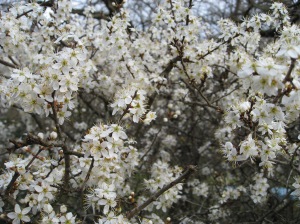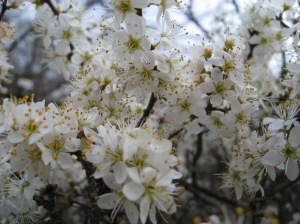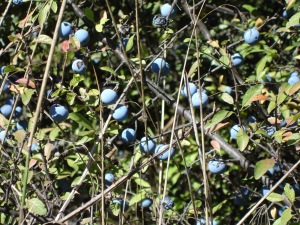-
Recent Posts
- Asphodelus ramosus 30/01/2015
- Arbutus unedo 10/11/2013
- Opuntia spp. 29/10/2013
- Celtis australis 29/10/2013
- Cichorium intybus 15/10/2013
Archives
Categories
Prunus spinosa
Sloe thickets are a favourite place for nesting birds. This shrub has a longevity similar to that of humans and, if not controlled, is very invasive. The wood makes excellent firewood, it burns slowly without smoke. Traditionally, tool handles were made of the wood and walking sticks and golf clubs from the straight branches.
This entry was posted in Flowers, Fruits, Leaves and tagged blackthorn, blood-cleansing, L'epine noir, laxative, sloe gin, traditional remedies. Bookmark the permalink.




